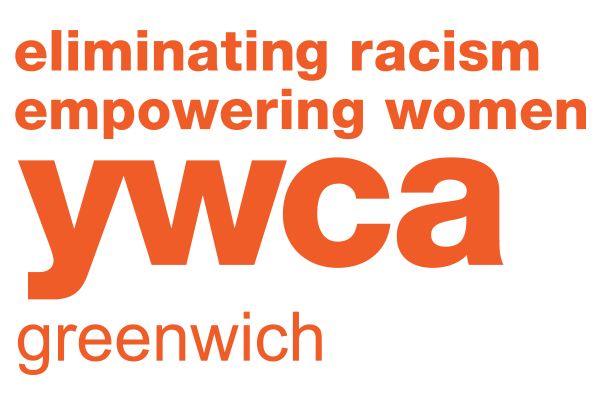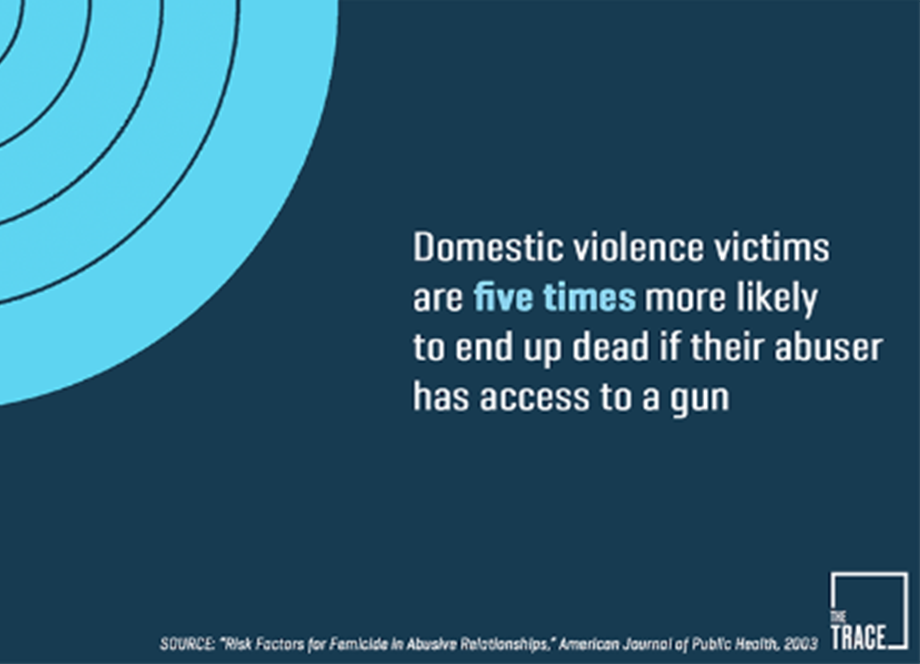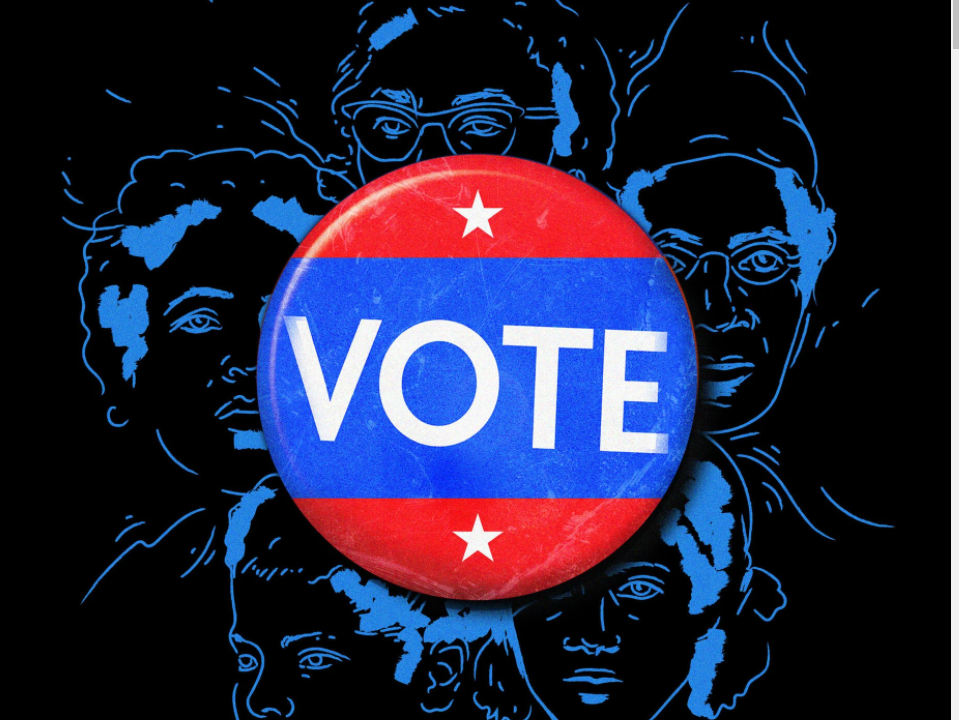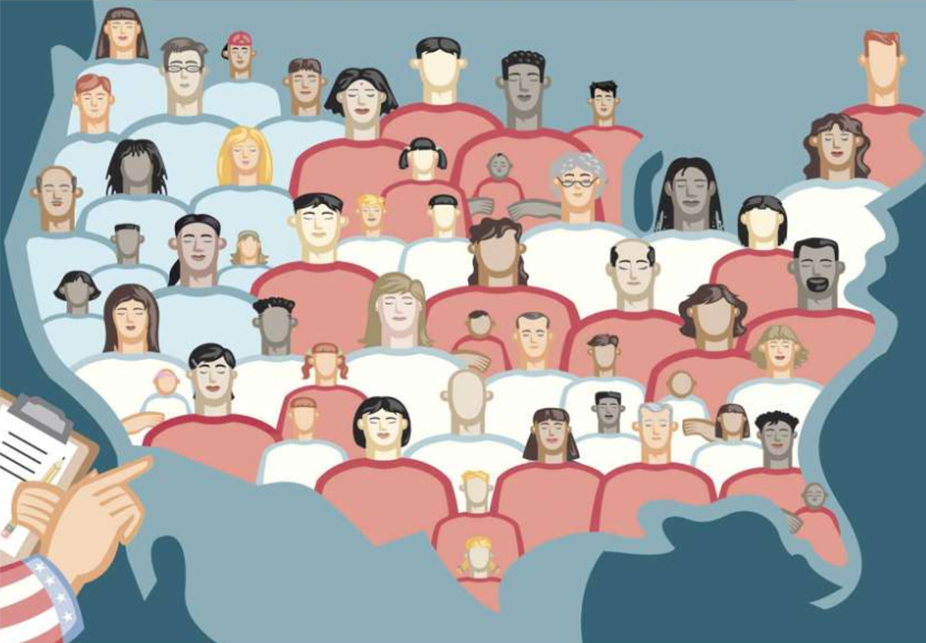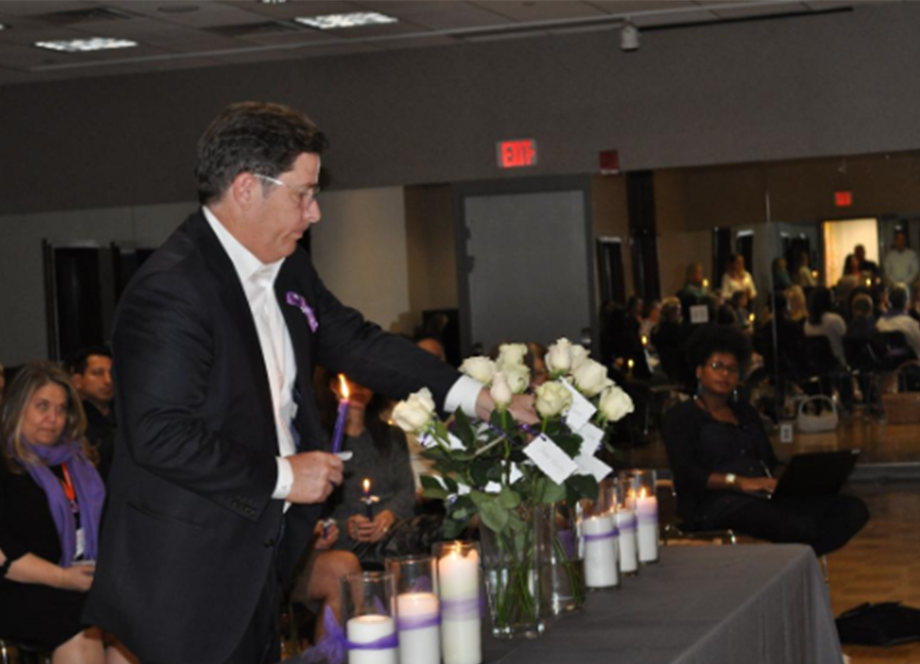
Vigil at YWCA Greenwich puts spotlight on struggles of domestic abuse survivors, victims
October 16, 2019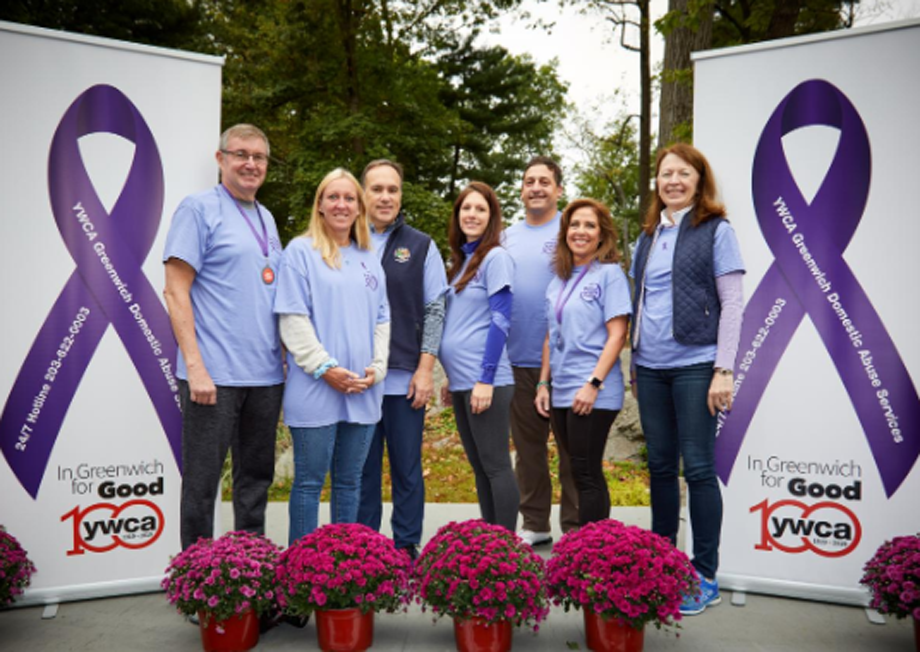
YWCA Greenwich and Families Walk Against Domestic Violence
October 16, 2019Greenwich Time 13.October.2019 – OpEd by Mary Lee Kiernan, President and CEO, YWCA Greenwich: During Domestic Violence Prevention and Awareness month, we are looking at the connection between domestic violence and firearms. The nexus is real, complex and profoundly dangerous. A variety of data points illustrate this connection:
Public health research has established that a victim of domestic violence is significantly more likely to die from homicide when the abuser has access to a gun. Victims of domestic violence across demographic groups are five times more likely to die at the hands of an abuser when the abuser has access to a firearm. Women of color are twice as likely as white women to be fatally shot by an intimate partner, and young women of color between the ages of 18 and 34 are three times as likely to be shot by an intimate partner than white women in the same age range.
Connecticut police departments and domestic violence agencies are well aware of this connection. Police departments in every municipality in Connecticut and around the country use a screening tool to identify those who are most at risk of being killed by an intimate partner. The Lethality Assessment Program or LAP screen asks eleven questions of a victim. Among the first three LAP questions is a query about the abuser’s access to a firearm. If the answer to that single question is yes, regardless of the answers to the other ten questions, the victim screens in as “high danger” and is immediately connected to a domestic violence agency, such as YWCA Greenwich, for safety planning, shelter and other services.
In the last two decades, Connecticut has averaged 14 deaths from intimate partner violence each year, and guns were the most commonly used weapon of force in these deaths, according to the Connecticut Coalition Against Domestic Violence. Nationally, 51% of intimate partner homicides involve the use of a firearm. How does this compare to other countries? Women in the United States are 25 times more likely to be shot by an intimate partner than women in other first world countries, and the United States accounted for 92% of all women killed by an intimate partner with a gun in first world countries around the globe.
Many point to the disturbing connection between domestic violence and mass shootings. Multiple mass shooters have committed domestic violence leading up or during a mass shooting incident, or mass shooters have a history or obsession with violence against women. Examples include the tragic mass shootings in Newtown, Orlando, San Bernardino and Las Vegas. A multiyear study of these tragedies showed that in 54% of mass shootings from 2009 to 2017, the killer shot a current or former intimate partner or family member.
And what about the non-lethal use of guns against victims of domestic violence?
Domestic violence involves a pattern of power and control over a victim through abusive behaviors, including physical violence, threats of violence, verbal abuse, psychological abuse, sexual violence, stalking, harassment and other forms of abuse. According to Professor Susan Sorenson, Executive Director at the Ortner Center at the University of Pennsylvania, 4.5 million women in this country have been “bullied or coerced with a firearm by an intimate partner.” The mere presence or access to a gun has a profound impact on a victim of ongoing domestic abuse. “If the gun is simply displayed in a hostile way, it can create an ongoing environment of threat and intimidation,” Sorenson says. “It can facilitate chronic, ongoing, physical — as well as sexual and psychological — abuse.”
According to Professor Sorenson, the ongoing coercion and trauma caused by the presence of a gun have vast consequences not only for victims, but also for communities: “Abusers prevent their victims from going to work, harass them while at work, and otherwise make it hard for them to keep a job – their victims can’t earn money and independence, nor pay taxes. Systems costs include health care – both immediate care for injuries and long-term physical and mental health treatment for the physical and psychological vulnerabilities that result from victimization. Domestic violence doesn’t end at 65; spouse abuse grown old is treated under Medicare. Societal costs include the many years of productive life that are lost.”
Please join us for Domestic Violence Today, a conversation with Professor Susan Sorenson on October 15th at 6:30 pm at YWCA Greenwich. Admission is free and registration is encouraged at ywcagrn.org/dvtoday. YWCA Greenwich’s 24-hour hotline for domestic abuse services is (203) 622-0003.
Mary Lee A. Kiernan
President & CEO
YWCA Greenwich
